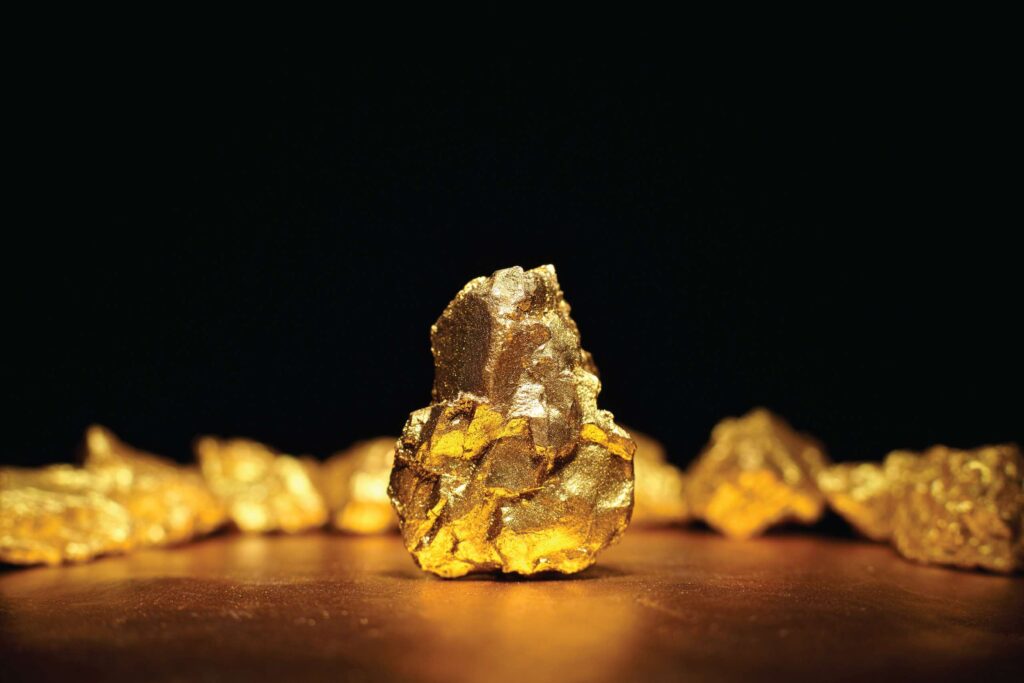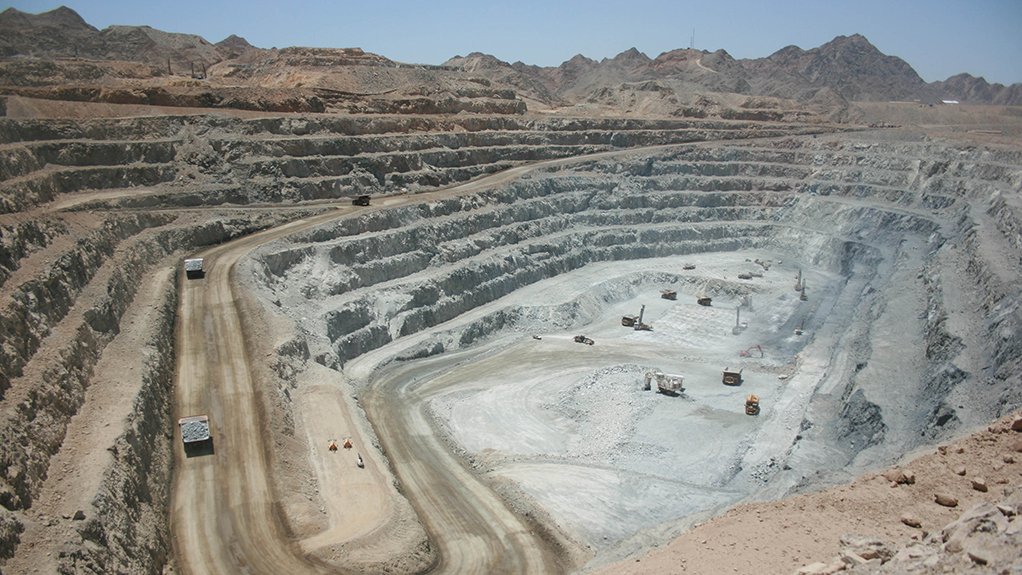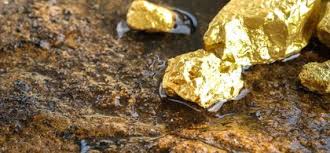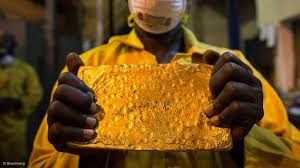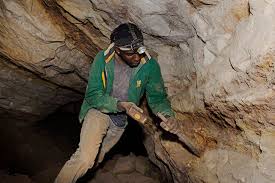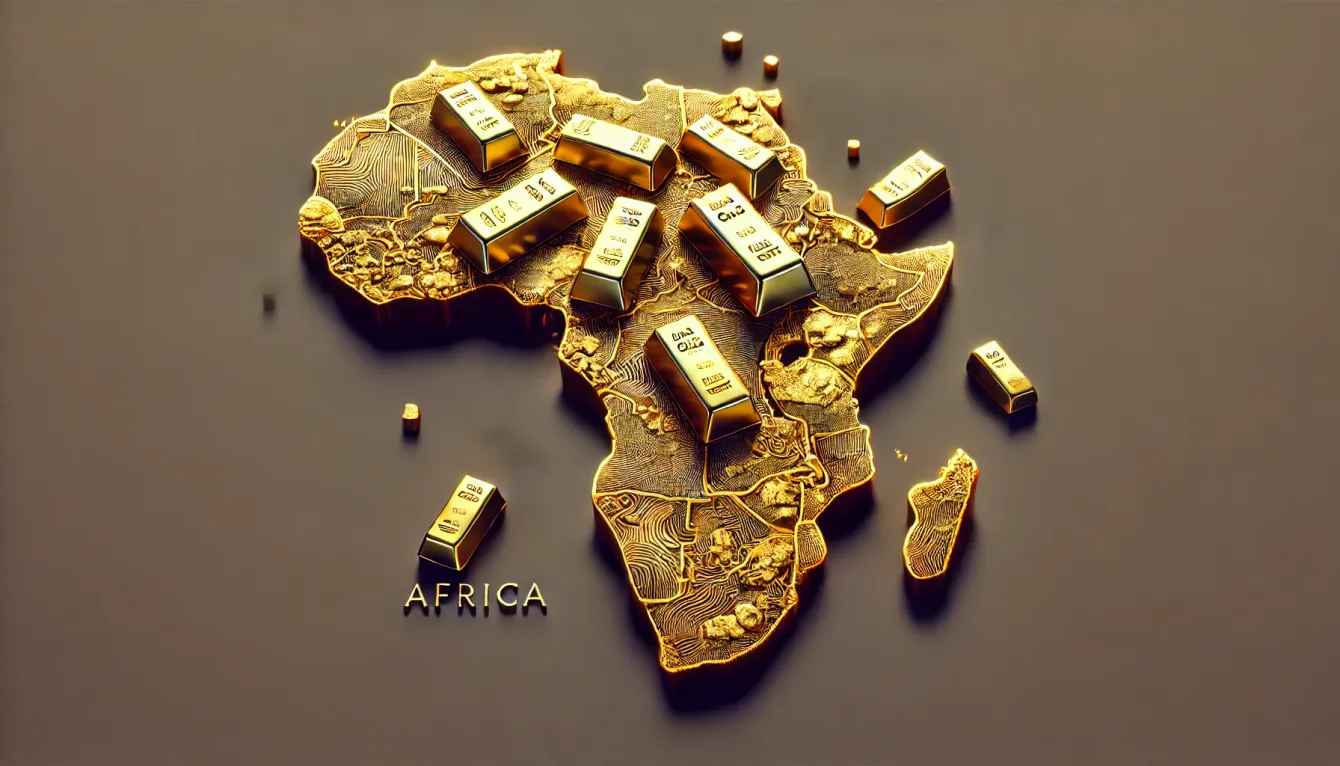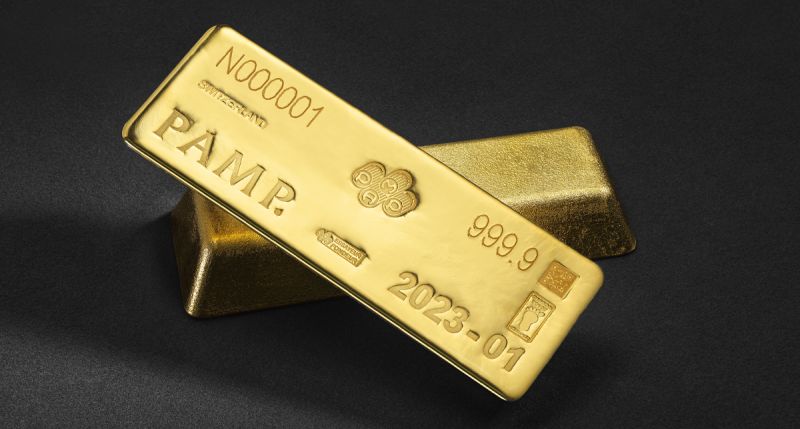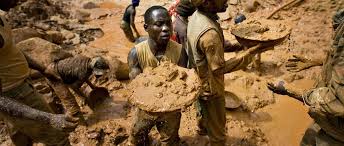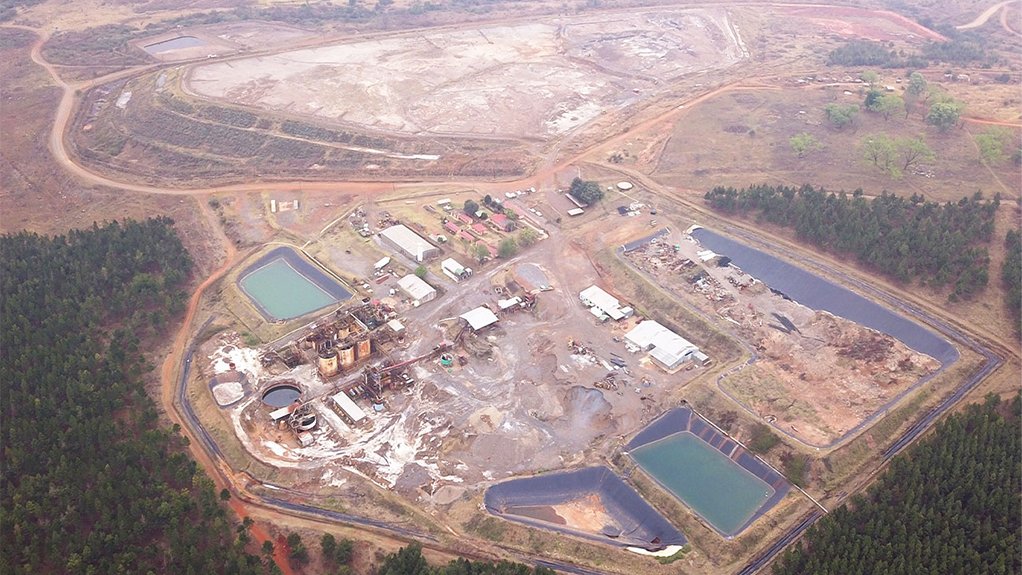Precious Metals

African Nations Lead in Critical Mineral Supply
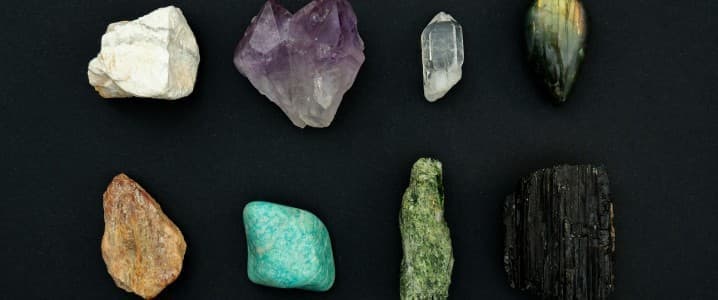
African Nations Lead in Critical Mineral Supply
Several parts of Africa have a long history of mining, with the sector contributing high levels of employment across the continent. As the demand increases for critical minerals – needed to fuel a green transition, mining companies are increasingly showing an interest in Africa for its vast untapped resources. Several countries could benefit from this increase in demand by developing their mining and processing industries to add value to the raw materials, which many have previously been unable to accomplish due to a lack of funding for greater industrialisation.
Africa is home to vast untapped reserves of critical minerals, however, accessing these deposits requires high levels of funding and mining expertise. South Africa and Zimbabwe have significant Platinum group metals, needed for green hydrogen and decarbonising heavy transport, heating, and industry. The two countries also hold chromium, which is used for solar power, geothermal, nuclear, hydropower, and wind technologies.
Some estimates suggest that Africa may contain roughly 30 percent of the world’s critical minerals, although the true extent may be even higher as vast areas remain under-explored. Several countries across the region have cobalt and manganese reserves, required for lithium-ion batteries for electric vehicles and utility-scale energy storage, as well as solar power, wind, and hydro technologies and geothermal energy generation systems. Africa holds around a fifth of the world’s natural graphite.
At present, mining activities in Cote d’Ivoire, the Democratic Republic of Congo, Gabon, Ghana, Madagascar, South Africa, and Zambia help provide vast supplies of these critical minerals. Namibia, Mali, and Tanzania all have significant graphite and lithium potential, already providing some of the world’s supply. And Guinea is the biggest global producer of bauxite, the main raw material for aluminium.
The global demand for rare earth minerals is expected to quadruple by 2030. Eight new mines are currently under development in Angola, Malawi, South Africa, and Tanzania, with operations expected to launch by 2029. These eight operations are expected to contribute around 9 percent of the world’s rare earth mineral supply. By the end of the decade, the African continent is projected to produce 10 percent of the world’s rare earth minerals, up from less than one percent in 2020.
Veronica Bolton Smith, CEO of the Critical Minerals Africa Group, stated, “The global energy transition is already creating massive demand for lithium, cobalt, and other minerals.” She also stressed that the International Monetary Fund has forecast that critical minerals could add at least 12 percent to the continent’s GDP by the mid-century. However, achieving this figure will require high levels of private investment in the sector, across several countries.




